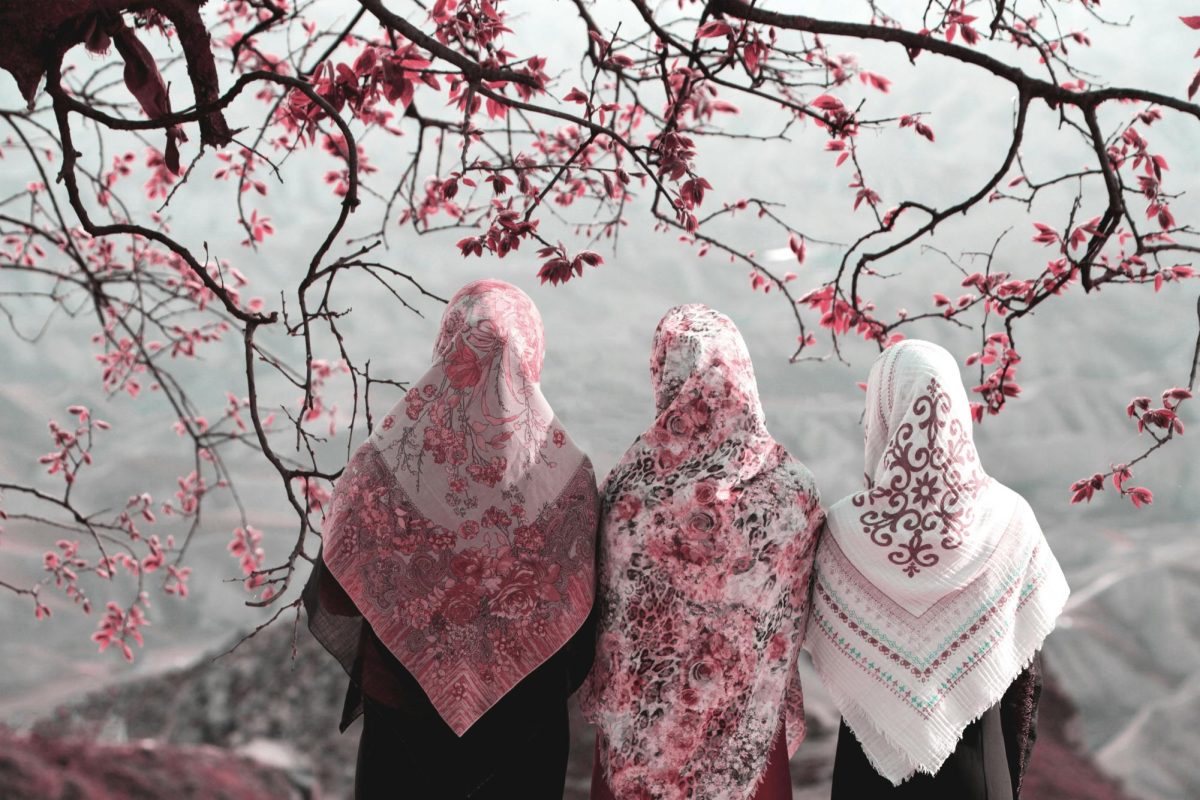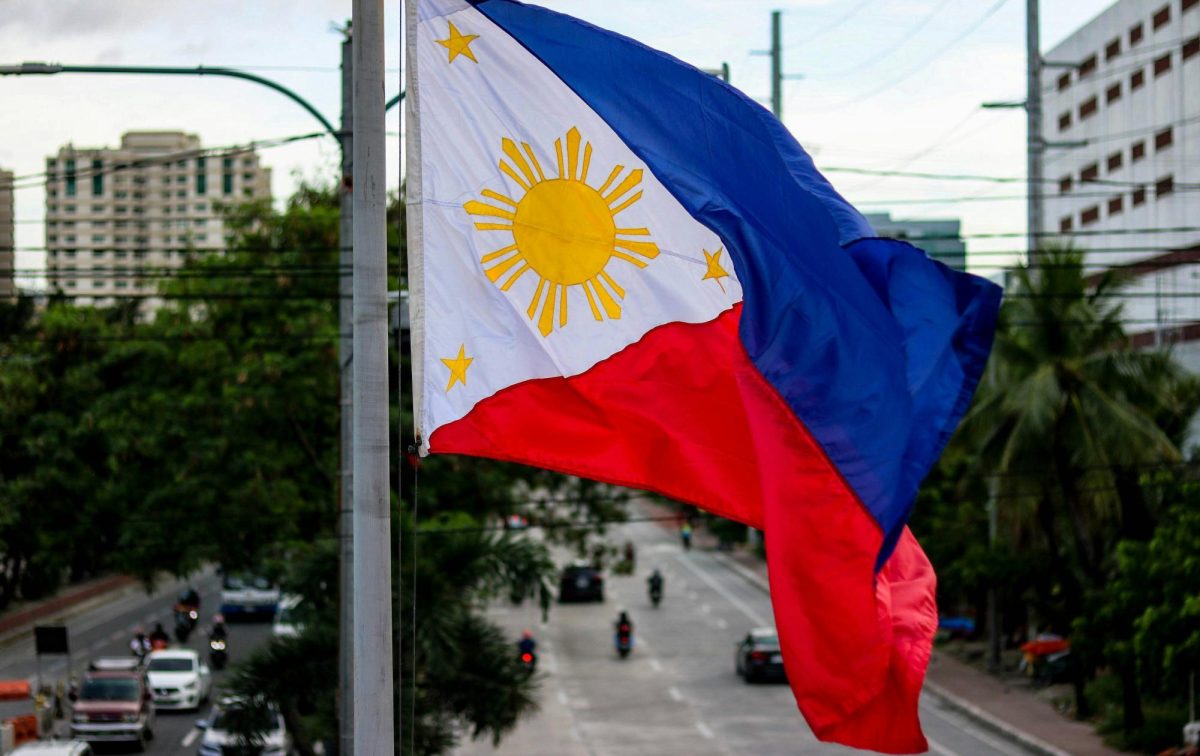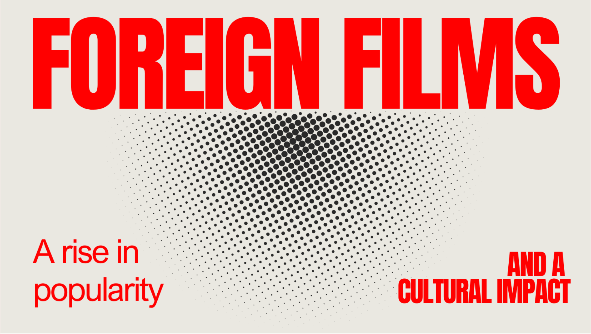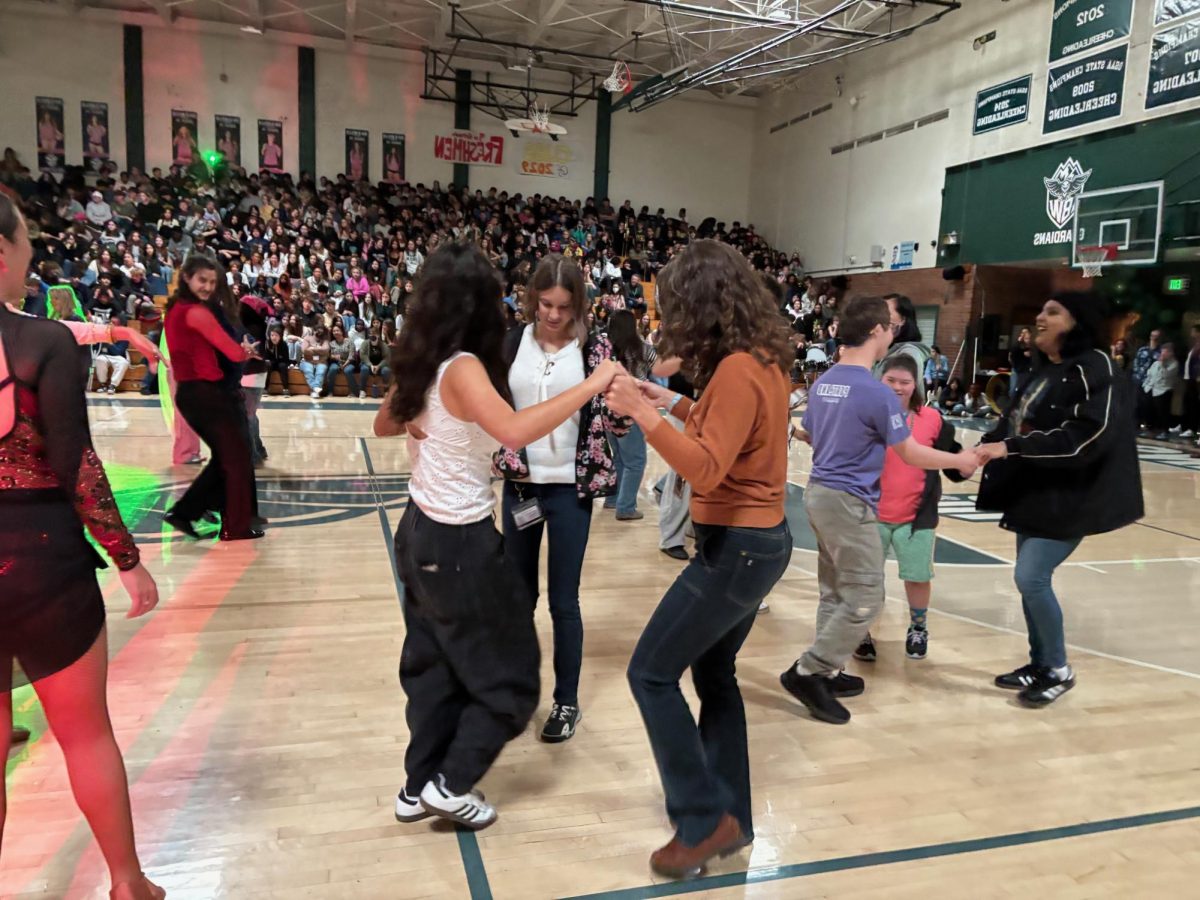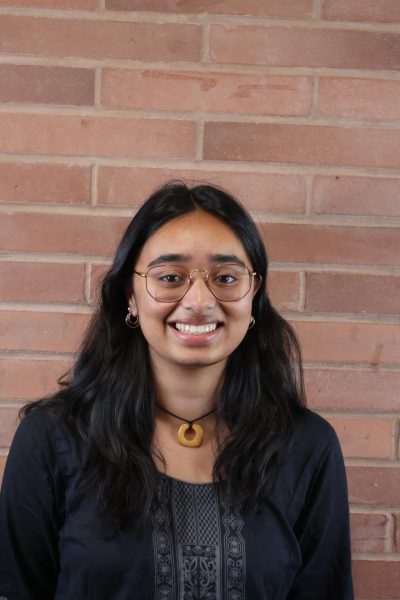World Hijab Day is celebrated annually on Feb 1. It was started in 2013 by Bangladeshi-American Nazma Khan, to encourage young women to educate themselves on the importance of the hijab and why it is worn; it also encourages women to wear and experience it firsthand.
Khan grew up in the Bronx, New York City, and at the age of 11, when she was in middle school, she faced discrimination from people as they mocked her for wearing a hijab. She attended college after 9/11 and with the huge rise in Islamophobia, Khan like many others at this time, was called a “terrorist.” “I figured the only way to end discrimination is if we ask our fellow sisters to experience hijab themselves,” said Khan in her 2023 TEDx talk. The creation of World Hijab Day was important in changing the narrative many Muslims faced worldwide, in such states of hate.
The hijab is a head covering observed by Muslim women all around the world, the intention of wearing it is for modesty and protection. It is an inner commitment to their worship of God, who had requested women to hide their beauty from the world as a means of protection. To many who observe, it is also a public declaration of their faith in Islam. Every woman has a special connection with the hijab and has different ways of observing it, that should all be valid.
“It’s a piece of modesty I wear, and it just has a peaceful meaning,” said Hiba Salah, a sophomore at Ida B. Wells High School. “It feels like it’s a part of me.”
World Hijab Day is an opportunity for education, but even with further education about the hijab, misconceptions about wearing it are still prevalent and prove harmful ideologies about Muslim women. One of the most common misconceptions is that hijab “oppresses” them.
Islam does not force women to wear the hijab — and this idea gives a false narrative to all the women who observe. The Holy Qur’an states in chapter two, verse 256, “There is no compulsion in religion.” This means the hijab should not be forced upon a woman, but many do not know this and assume the hijab is forced in every scenario. It is not the religion that oppresses, it is the culture, the politicians and the countries who have twisted the words of God and the Qur’an, into making women below men.
Countries such as Iran and Afghanistan have set the hijab as a mandatory law. Women who are seen not following these laws are severely punished by 10-year imprisonment, lashes and fines, with growing fears of the laws becoming harsher if approved by the government.
“There is no law in Islam that punishes a woman for not wearing a veil and according to Islamic law, a man has no jurisdiction in forcing a woman to wear a veil or hijab,” stated Al Islam. Islam does not punish a woman for not observing, it is the country that does and bases it on a false ideology of “Islamic code.”
While some countries require the observance of hijab, others have banned the hijab, they call them “burqa bans.” In 2010, the niqab, a full-face veil was banned from being worn in public parks, transportation, and streets. Now, France is banning children from wearing abayas to school. Abayas are long, loose-fitting robes worn outside of clothing. Many girls wear it for modesty and taking it away violates their sense of protection.
“A lot of people in the media think that it’s oppressive, but really a lot of us chose to wear it, and a lot of us feel comfortable wearing it,” said Salah. “People seem to get the wrong idea.”
Veiling is important for all Muslim women, but in countries where it is banned, it takes away a vital part of their identities. Women cannot freely express themselves without the fear of being ridiculed or abused for observing or not.
With both these laws in place, the choice that Muslim women have is trampled upon by lawmakers. The real questions to be asked about the hijab are those who observe it and not those who ban it or enforce it.
“To me, I feel confident in my own skin,” said Salah. “I’m not afraid to show others that this is what I believe in.”


